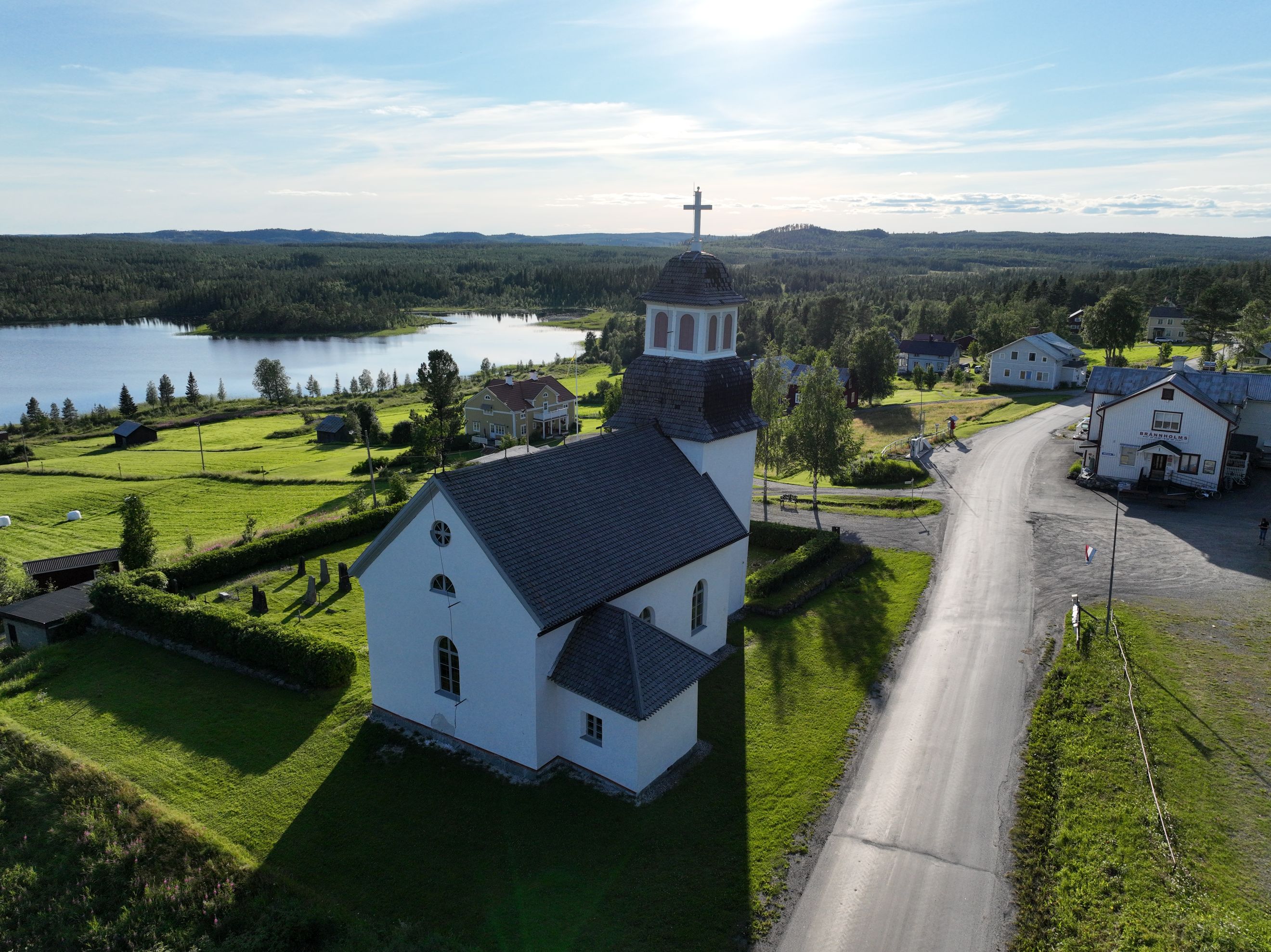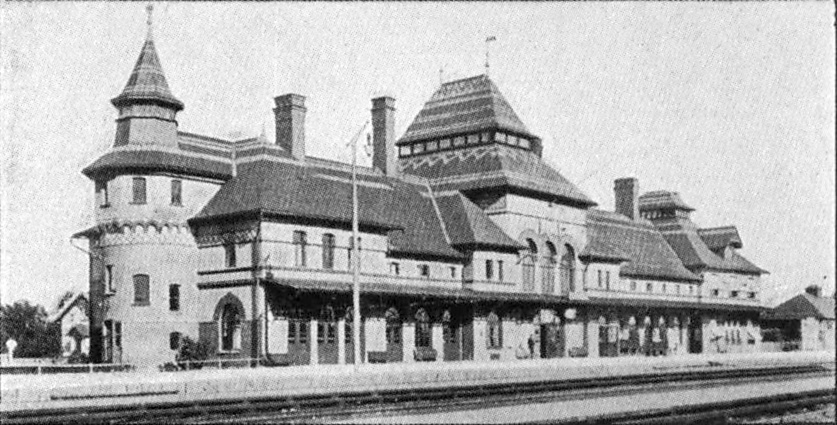|
Tore Forslund
Tore Forslund (26 February 1927–15 March 2000), also known as Spökprästen ("the ghostpriest"), was a writer, poet, Lutheran priest, street musician, and editor of the magazine ''A Voice Crying in the Wilderness'', that he founded 1957. Biography Tore Forslund was born 26 February 1927 in Krylbo, Sweden. His mother was an officer in the Salvation Army, and his father was a post office employee. Forslund was ordained as a Lutheran priest in Luleå Cathedral on 19 December 1956, after a few years of studies at Johannelunds Teologiska Högskola and Lund University. He held his first sermon at age 18, on New Year's Day 1946, and his last public sermon was held in Alvesta in 1999. Forslund could often be seen on the streets of Sweden playing his favorite instrument, a concertina. He called Sergelgatan in Stockholm his "central sanctuary". His nickname, "the ghostpriest", came to be during a period when he worked as a priest in Borgvattnet, Jämtland, in 1981. He offered t ... [...More Info...] [...Related Items...] OR: [Wikipedia] [Google] [Baidu] |
Lutheranism
Lutheranism is one of the largest branches of Protestantism, identifying primarily with the theology of Martin Luther, the 16th-century German monk and Protestant Reformers, reformer whose efforts to reform the theology and practice of the Catholic Church launched the Reformation, Protestant Reformation. The reaction of the government and church authorities to the international spread of his writings, beginning with the ''Ninety-five Theses'', divided Western Christianity. During the Reformation, Lutheranism became the state religion of numerous states of northern Europe, especially in northern Germany, Scandinavia and the then-Livonian Order. Lutheran clergy became civil servants and the Lutheran churches became part of the state. The split between the Lutherans and the Roman Catholics was made public and clear with the 1521 Edict of Worms: the edicts of the Diet (assembly), Diet condemned Luther and officially banned citizens of the Holy Roman Empire from defending or propagatin ... [...More Info...] [...Related Items...] OR: [Wikipedia] [Google] [Baidu] |
Concertina
A concertina is a free-reed musical instrument, like the various accordions and the harmonica. It consists of expanding and contracting bellows, with buttons (or keys) usually on both ends, unlike accordion buttons, which are on the front. The concertina was developed independently in both England and Germany. The English version was invented in 1829 by Sir Charles Wheatstone, while Carl Friedrich Uhlig introduced the German version five years later, in 1834. Various forms of concertini are used for classical music, for the traditional musics of Ireland, England, and South Africa, and for tango and polka music. Systems The word ''concertina'' refers to a family of hand-held bellows-driven free reed instruments constructed according to various ''systems'', which differ in terms of keyboard layout, and whether individual buttons (keys) produce the same ( unisonoric) or different ( bisonoric) notes with changes in the direction of air pressure. Because the concertina was deve ... [...More Info...] [...Related Items...] OR: [Wikipedia] [Google] [Baidu] |
Växjö
Växjö ( ) is a city and the seat of Växjö Municipality, Kronoberg County, Sweden. It had 70,489 inhabitants (2019) out of a municipal population of 95,995 (2021). It is the administrative, cultural, and industrial centre of Kronoberg County and the episcopal see of the Diocese of Växjö and the location of Växjö Cathedral. The town is home to Linnaeus University. Etymology The city's name is believed to be constructed from the words ("road") and ("lake"), meaning the road over the frozen Växjö Lake that farmers used in the winter to get to the marketplace which later became the city. History In contrast to what was believed a century ago, there is no evidence of a special pre-Christian significance of the site. The pagan cultic center of Värend may have been located at Hov, a nearby village. An episcopal see since the 11thcentury, the city did not get its city charter until 1342, when it was issued by Magnus Eriksson. The cathedral of St Sigfrid dates from ab ... [...More Info...] [...Related Items...] OR: [Wikipedia] [Google] [Baidu] |
Occult
The occult, in the broadest sense, is a category of esoteric supernatural beliefs and practices which generally fall outside the scope of religion and science, encompassing phenomena involving otherworldly agency, such as magic and mysticism and their varied spells. It can also refer to supernatural ideas like extra-sensory perception and parapsychology. The term ''occult sciences'' was used in 16th-century Europe to refer to astrology, alchemy, and natural magic. The term ''occultism'' emerged in 19th-century France, amongst figures such as Antoine Court de Gébelin. It came to be associated with various French esoteric groups connected to Éliphas Lévi and Papus, and in 1875 was introduced into the English language by the esotericist Helena Blavatsky. Throughout the 20th century, the term was used idiosyncratically by a range of different authors, but by the 21st century was commonly employed – including by academic scholars of esotericism – to refer to a range of e ... [...More Info...] [...Related Items...] OR: [Wikipedia] [Google] [Baidu] |
Jämtland
Jämtland (; no, Jemtland or , ; Jamtish: ''Jamtlann''; la, Iemptia) is a historical province () in the centre of Sweden in northern Europe. It borders Härjedalen and Medelpad to the south, Ångermanland to the east, Lapland to the north and Trøndelag and Norway to the west. Jämtland covers an area of 34,009 square kilometres, 8.3% of Sweden's total area and is the second largest province in Sweden. It has a population of 115,331, the majority of whom live in , the area surrounding lake Storsjön. Östersund is Jämtland's only city and is the 24th most populous city in Sweden. The historical province is one of the least densely populated. Jämtland was originally an autonomous republic,Ekerwald, Carl-Göran (2004). ''Jämtarnas historia'' (in Swedish), 124. "Svaret är att Jämtland före 1178 var ett självständigt bondesamfund, "dei vart verande ein nasjon för seg sjöl", för att nu citera Halfdan Koht.. Jämtland var en bonderepublik.." its own nation with its o ... [...More Info...] [...Related Items...] OR: [Wikipedia] [Google] [Baidu] |
Borgvattnet
Borgvattnet is a small village in Ragunda Municipality in northern Sweden. Borgvattnet Borgvattnet is a small village in the northeast of the county of Jämtland. After decades of decline in 2022 the population is around 65 residents. The last few years new people have been coming from outside Sweden. They mostly come from Germany and The Netherlands. Even new business have been started. The village is marked by its beautiful church in the village center built in 1782 by Pål Persson from Stugun. It was his first church of this kind. The church is part of the 'Sydöstra Jämtlands pastorat' part of the Swedish Church 'Svenska Kyrkan'. Almost every two weeks services are being held. Against all odds the village still has a working grocery store called 'Brännholms Lanthandel'. This supermarket is also appointed as a service point for the municipality of Ragunda and in 2022 it also became a 'SOT-punkt' as part of the network of 'Lokala service- och trygghetspunkter (SOT-punkte ... [...More Info...] [...Related Items...] OR: [Wikipedia] [Google] [Baidu] |
Alvesta
Alvesta () is a locality and the seat of Alvesta Municipality in Kronoberg County, Sweden, with 8,017 inhabitants in the urban area in 2010. Alvesta is an important railway junction, joining the Stockholm–Malmö–Copenhagen railway with the Gothenburg–Kalmar Kalmar (, , ) is a city in the southeast of Sweden, situated by the Baltic Sea. It had 36,392 inhabitants in 2010 and is the seat of Kalmar Municipality. It is also the capital of Kalmar County, which comprises 12 municipalities with a total of .../ Karlskrona railway. References Municipal seats of Kronoberg County Swedish municipal seats Populated places in Kronoberg County Populated places in Alvesta Municipality Populated lakeshore places in Sweden Värend {{Kronoberg-geo-stub fi:Alvestan kunta ... [...More Info...] [...Related Items...] OR: [Wikipedia] [Google] [Baidu] |
Krylbo
Krylbo () is a part of the town Avesta (locality), Avesta in Avesta Municipality, Dalarna County. It was a market town until it merged with the city of Avesta in 1966. Krylbo is mostly known for being an important railway hub called Avesta-Krylbo. On July 19, 1941, a Nazy Germany, German train of five cars transporting ammunition exploded while standing at the Krylbo railway station. 24 people were injured. Krylbo is the birthplace of legendary Detroit Red Wings defenceman Nicklas Lidstrom. References {{coord, 60.12978, N, 16.21378, E, source:placeopedia, display=title Geography of Dalarna County Market towns in Sweden ... [...More Info...] [...Related Items...] OR: [Wikipedia] [Google] [Baidu] |
Sermon
A sermon is a religious discourse or oration by a preacher, usually a member of clergy. Sermons address a scriptural, theological, or moral topic, usually expounding on a type of belief, law, or behavior within both past and present contexts. Elements of the sermon often include exposition, exhortation, and practical application. The act of delivering a sermon is called preaching. In secular usage, the word ''sermon'' may refer, often disparagingly, to a lecture on morals. In Christian practice, a sermon is usually preached to a congregation in a place of worship, either from an elevated architectural feature, known as a pulpit or an ambo, or from behind a lectern. The word ''sermon'' comes from a Middle English word which was derived from Old French, which in turn originates from the Latin word meaning 'discourse.' A ''sermonette'' is a short sermon (usually associated with television broadcasting, as stations would present a sermonette before signing off for the night). The ... [...More Info...] [...Related Items...] OR: [Wikipedia] [Google] [Baidu] |
Lund University
, motto = Ad utrumque , mottoeng = Prepared for both , established = , type = Public research university , budget = SEK 9 billion Facts and figures Lund University web site. , head_label = , head = Erik Renström , academic_staff = 4,780 (2022) (academic staff, researchers and employed research students) , administrative_staff = 2,890 (2022) , students = 46 000 (29 000 full-time e ... [...More Info...] [...Related Items...] OR: [Wikipedia] [Google] [Baidu] |
.jpg)






.jpg)